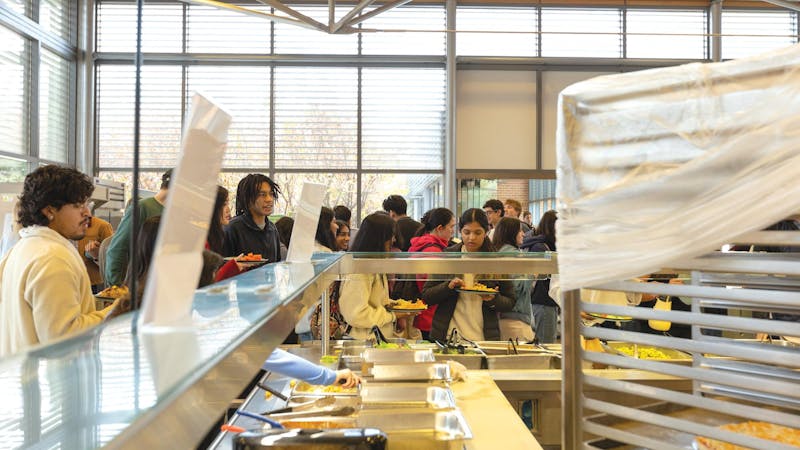Editorial: Rice should set specific goals for international student aid
Last week, Rice unveiled a new financial aid program it’s calling the Rice Investment. The program, lauded by this board in last week’s editorial, will expand Rice’s tuition and fee grants dramatically. But the Rice Investment doesn’t offer the same help to international students, who make up 13 percent of this year’s incoming undergraduate class (see p. 1). To address this, the administration should set measurable and actionable goals for providing financial aid to international students.
While Vice President for Enrollment Yvonne Romero da Silva stated Rice will undertake fundraising efforts to support international students as part of its next capital campaign, we would like to see a more clearly defined and transparent goal for the amount Rice hopes to raise. Just as the defined income brackets and $150 million fundraising effort for the Rice Investment will encourage a more socioeconomically diverse applicant pool, a clear commitment to increasing financial aid for international students as opposed to a vague promise would increase the diversity of Rice’s international student body — a goal outlined in Rice’s Vision for the Second Century, Second Decade.
There are also smaller and more immediate steps Rice can take to ease the burden on international students. One way Rice can take immediate action is allowing international students who did not initially apply for aid to apply in future years if there is a change in their family’s ability to afford a Rice education. The upcoming meeting between President David Leebron, Dean of Undergraduates Bridget Gorman, da Silva and international student representatives should result in actionable steps that can be implemented in a timely manner.
The Thresher editorial board also questions the reasons provided for excluding international students from the plan. Da Silva claimed that it would be inappropriate to use the same thresholds abroad as in the United States. However, Rice could consider the average cost of living and household income, along with other factors, in other countries. Da Silva also compared Rice’s current policies to those of other top institutions like Brown, Stanford and Columbia. But Rice should aim higher. Harvard, Yale and Princeton all fully meet demonstrated financial need for international students.
Finally, we domestic students can do more to support international students. By seeking to understand the experience of international students and voicing our concerns to the administration, we can work to ensure a significant portion of the student body isn’t left out of the conversation.
More from The Rice Thresher

Over 1,000 students petition against new meal plan
When Konstantin Savvon opened the Housing and Dining email announcing the new unlimited meal plan, he was instantly concerned about the impact on off-campus students like himself.

Rice football kicks off Abell era with commanding road win
For the first time since 2018, Rice football opened its season with a victory. Scott Abell was soaked with yellow Powerade following a 14-12 win on the road Saturday against the University of Louisiana at Lafayette, which won 10 games and made it to the Sun Belt Conference championship last season.

Former Rice basketball player Chadd Alexander talks Broadway show ‘Harry Potter and the Cursed Child’
Underneath Chadd Alexander’s Broadway costume, there’s ankle tape and wrist braces — same protective gear he wore as a walk-on basketball player at Rice, though now he’s performing eight shows a week in the ensemble of “Harry Potter and the Cursed Child” instead of running conditioning drills in Tudor Fieldhouse.

Please note All comments are eligible for publication by The Rice Thresher.